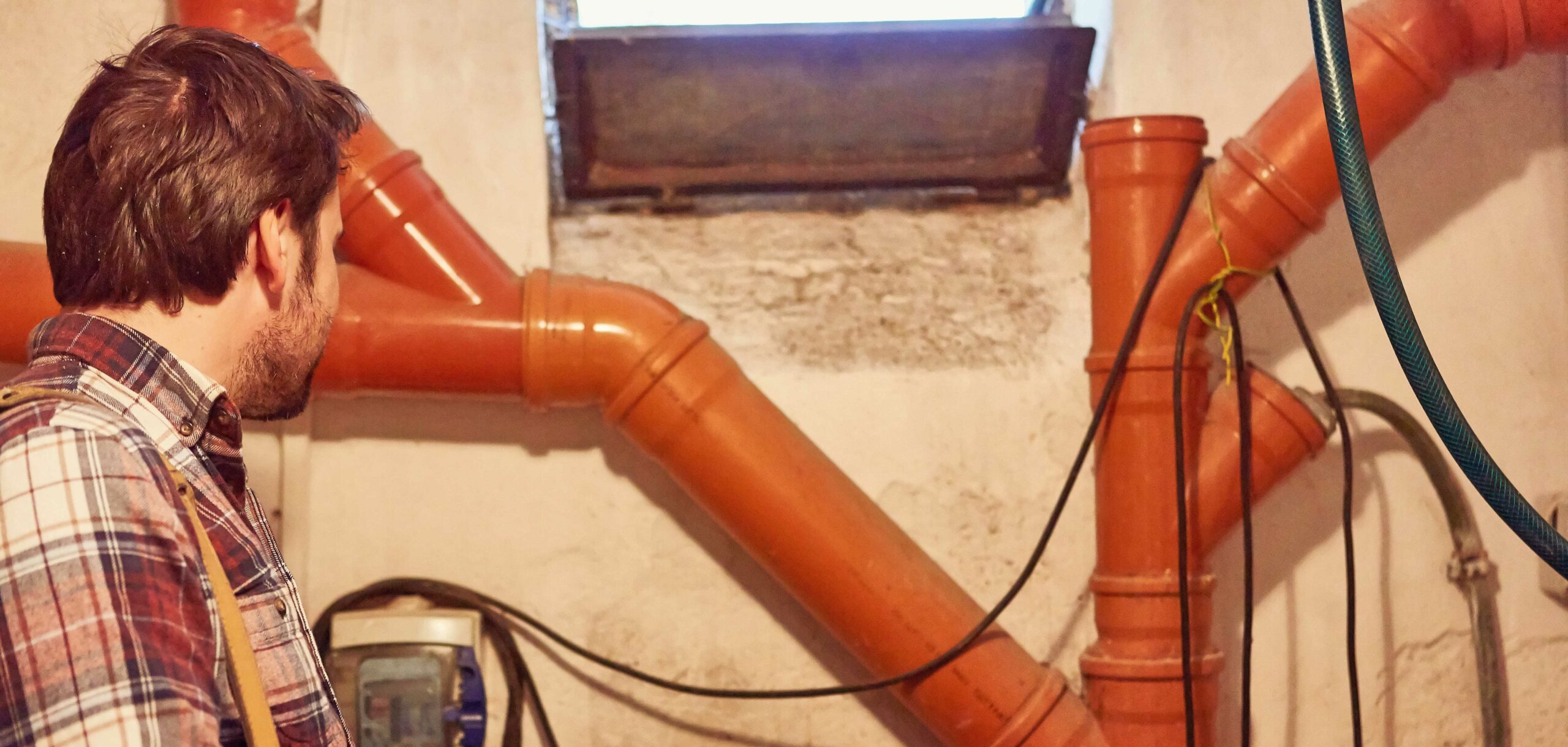Water-proofing is a critical aspect of preserving any home or building, yet it often goes unnoticed until issues arise. As water invades facilities, it can lead to expensive repairs, jeopardized safety, and even issues due to mold and fungal growth. Comprehending the significance of waterproofing is essential for every property owner, as it not only shields against prompt damage but also boosts the overall durability and worth of a piece of real estate.
This guide examines the science behind water-proofing, shedding light on why it is essential, the multiple methods available, and how efficient waterproofing can protect you a fortune in possible repairs. Moreover, we will debunk frequent myths surrounding water-proofing techniques and arm you with the information to identify indicators that your home may need attention. Whether you are looking to waterproof your lower level, top, or wet room, grasping the foundations of waterproofing will empower you to take educated decisions for your home.
The Value of Moisture Protection in Residential Properties and Structures
Moisture protection is a vital aspect of maintaining the structural integrity and longevity of residential properties and buildings. It acts as a shield against moisture infiltration, which can lead to a range of problems, including damage to the structure, mold growth, and health issues. Without proper waterproofing, real estate are vulnerable to water-related damage that can undermine not only the physical structure but also the quality of air quality indoors. This makes waterproofing crucial for ensuring a secure and healthy living environment.
In furthermore to protecting against damage from water, waterproofing can result in significant cost savings over the long term. Repairing water damage often involves substantial work, from structural repairs to mold remediation, which can be expensive. By proactively waterproofing a property, property owners and building managers can prevent these problems from arising, effectively saving thousands of dollars in potential repairs. This proactive step is an investment that yields returns in the future, reinforcing the importance of addressing waterproofing needs early.
Moreover, proper waterproofing contributes to energy efficiency within a structure. By keeping moisture out, buildings can maintain stable temperatures, reducing the need for excessive heating or cooling. This not only reduces energy costs but also improves overall comfort levels. As energy efficiency becomes increasingly important, the function of waterproofing in sustainable construction is clear, making it a key consideration for both new and older buildings.
Essential Waterproofing Methods and Solutions
One of the most effective techniques for moisture-proofing is the use of protection systems, which create a defense against moisture intrusion. These systems can include specialized membranes applied to both interior and outside surfaces, such as walls and foundations. By sealing off potential access points, these barriers prevent moisture from penetrating the building, reducing the likelihood of water damage substantially. Choosing the appropriate type of membrane for your individual needs is important, as different materials offer different levels of durability and resistance.
Another essential strategy is proper water management management. Installing a well-designed drainage system around your property can redirect moisture away from susceptible areas, such as cellars and bases. This can include French drains, sump pumps, and downspouts that are directed away from the building. Effective drainage not only reduces moisture accumulation but also enhances the lifespan of waterproofing systems and protects your home from the harmful effects of water damage and moisture.

In addition to protection systems and drainage, the application of moisture-proof coatings is essential for enhancing the protection of surfaces susceptible to water exposure. These coatings can be used on ceilings, walls, and decks to create a moisture-proof layer that resists moisture and prevents mold development. Selecting the appropriate coating is essential to ensure it endures environmental conditions, thus prolonging the lifespan of your waterproofing solutions. Scheduled maintenance and inspections are also important to ensure that these defensive measures remain effective over the years.
Expense Consequences of Ignoring Waterproofing
Neglecting waterproofing can lead to significant financial repercussions for homeowners and building managers. Water damage can weaken structural integrity, demanding costly repairs or even renovations. A single leak can transform into widesp read damage, affecting walls, floors, and foundations. This not only inflates repair costs but can also lead to a decline in property value, making any future sale more difficult.
In addition to structural repairs, the costs related to mold and mildew removal can add up rapidly. Mold flourishes in damp conditions, leading to potential health risks and demanding professional remediation services. The longer the moisture issue lasts, the more significant the damage becomes, ultimately costing far more than initial waterproofing measures would have.
Furthermore, ignoring waterproofing can result in increased energy bills. Damp building materials can lead to higher energy loss, forcing HVAC systems to strain more to maintain comfortable temperatures. By putting money into waterproofing solutions upfront, property owners not only save money on repairs but also enjoy long-term savings on energy costs, boosting overall building efficiency.
